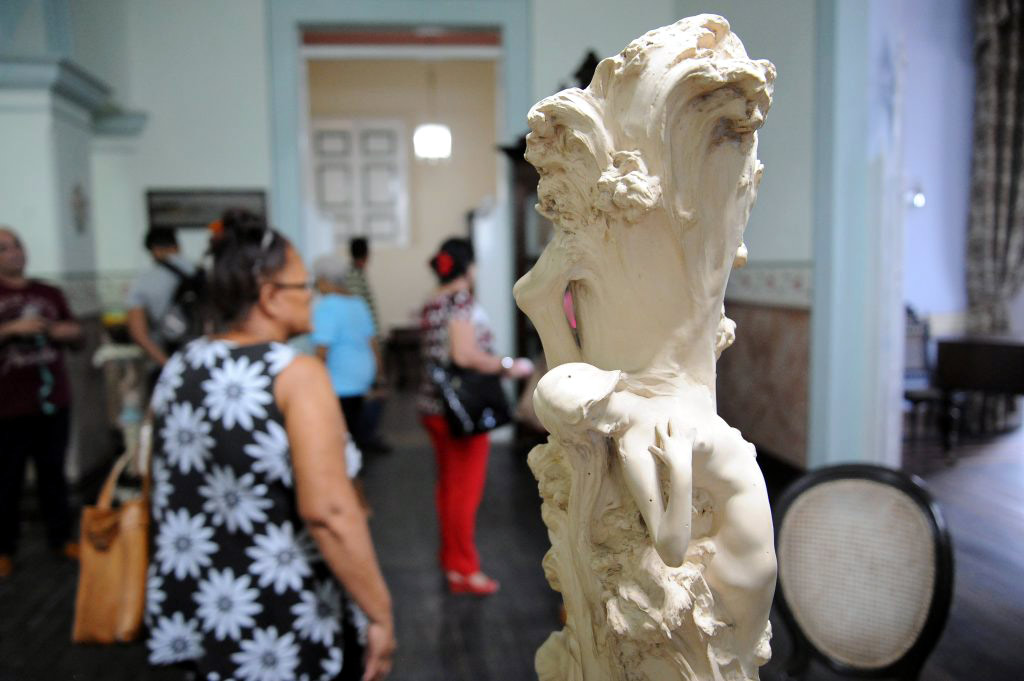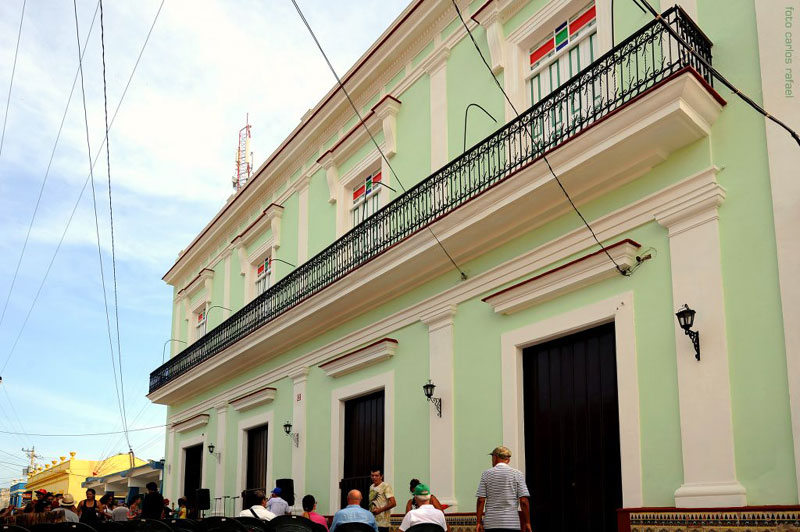Gibara Art Museum: a Cultural Jewel in Holguín
- Written by Redacción ¡ahora!
- Published in Holguin
- Hits: 2263
 Photos: Carlos Rafael
Photos: Carlos Rafael The Art Museum of Gibara, about 30 kilometers from the city of Holguín, treasures a wide collection of decorative objects of the nineteenth and twentieth centuries, which makes it a jewel of Cuban culture.
Unique of its kind in eastern Cuba, the institution preserves some two thousand pieces representatives of that historical period, imported mostly from Germany, France, England and other European nations.
Furniture, vases, decorative glasses, lamps, tea sets and coffee cups, among other objects, make the installation a reference for the study and preservation of the region's native traditions.
Distributed in 13 exhibition rooms in the former home of Atanasio Calderón, one of the mayors in the colonial period, these pieces represent distinguished firms, including the Limoges tableware and the Bacará glass factory, renowned French brands.

The museum also brings the public closer to the economic history of Gibara, through utensils that were owned by wealthy families of the time.
These objects include a decorative glass of the Art Nouveau style, which is made of clay and represents three nymphs that are submerged in a whirlpool, according to precisions made to the ACN by María Chacón, director of the cultural institution.
This figure, characterized by curved lines, a sense of movement and references to nature, is the only piece registered in a Cuban museum with these characteristics, which makes its conservation a priority for technicians and specialists.
The institution also has other attractions such as a wide variety of knob style furniture, which contain among its distinctive elements flowers, leaves of plants and turned balusters.
Within the collection stand out the Vienna Armchairs, of the Thonet firm, introduced through the port ratifying the coastal municipality as a space where the European customs flourished.
Opened in 1972, the museum preserves identity elements of the houses of the 20th century, located mainly in the kitchen and bathroom areas.
The preservation of these pieces and with them the identity and native customs of eastern Cuba, are among the main objectives of this institution, where culture and art go hand in hand. / ACN
